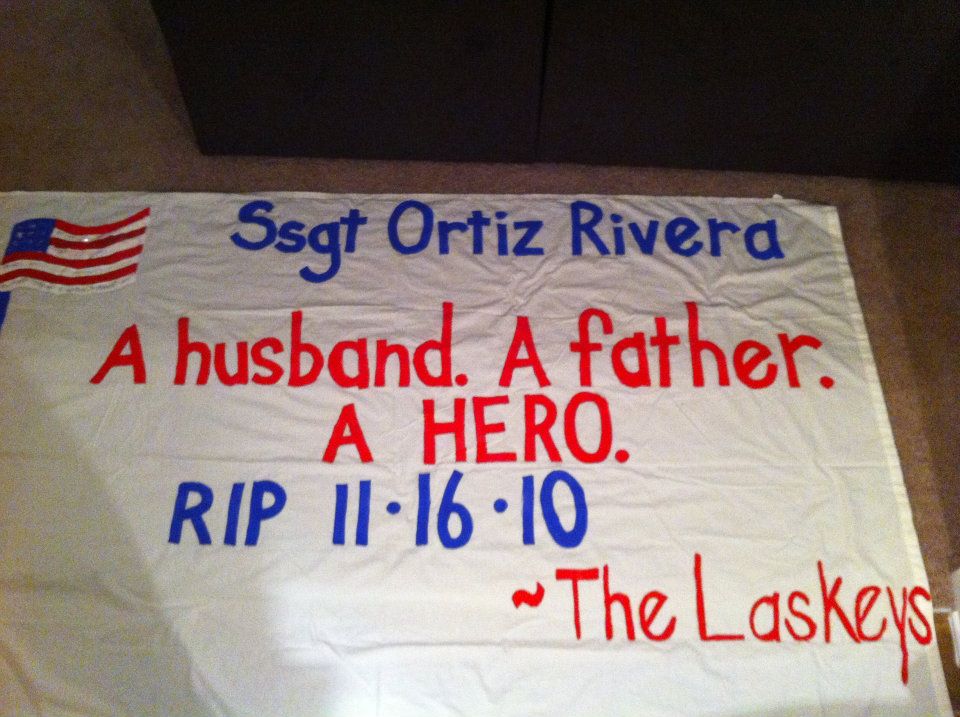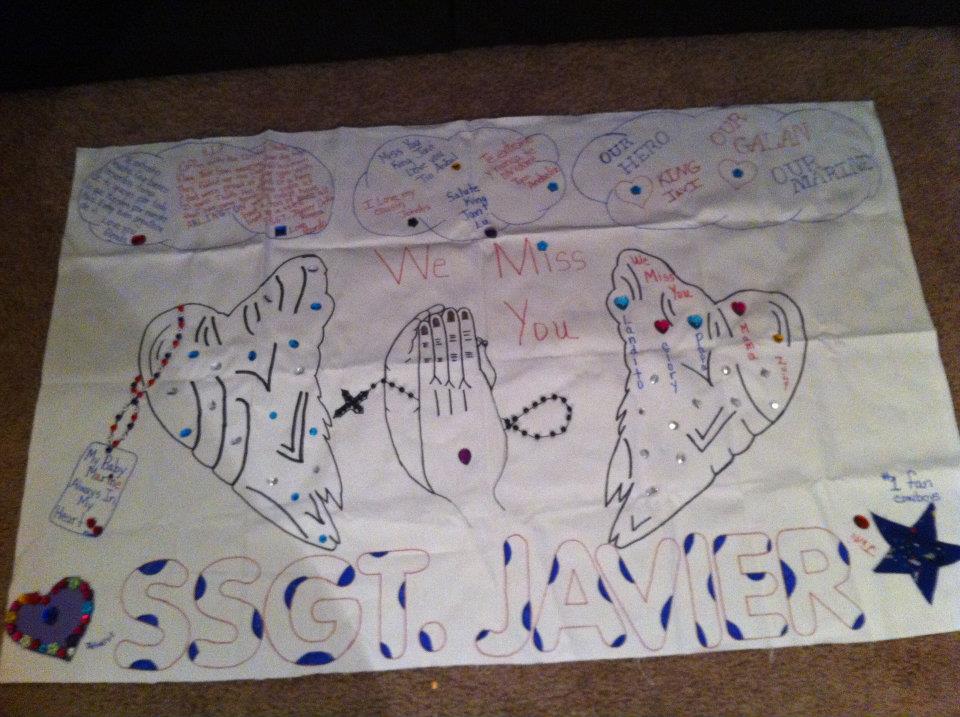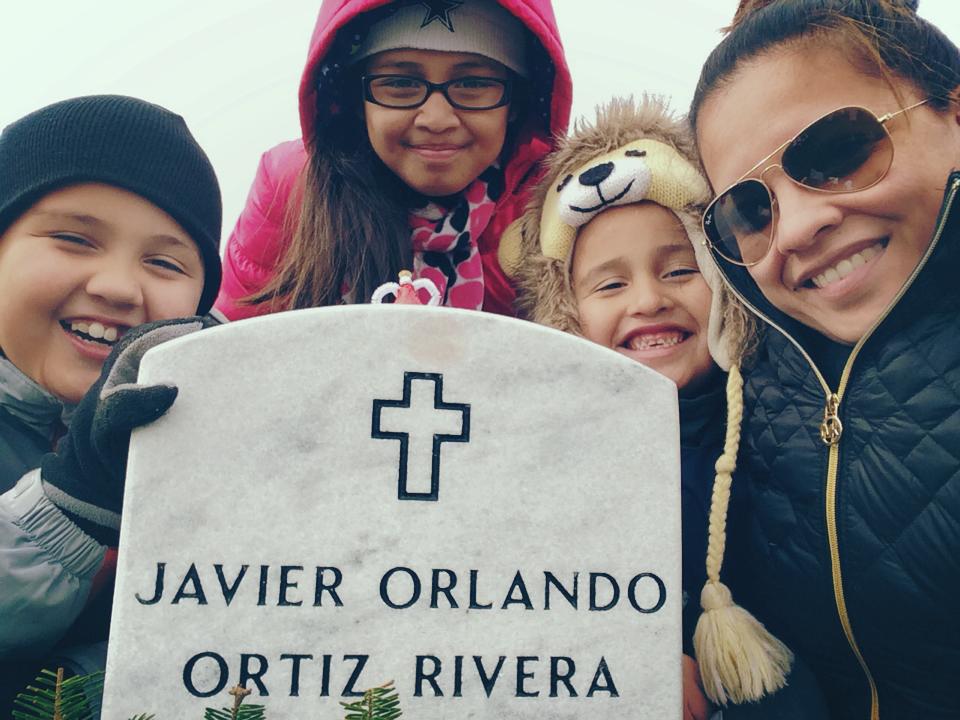Thomas James Brennan was on foot patrol in Afghanistan when a rocket-propelled grenade exploded next to him. It left his mind jumbled. He couldn’t quite put the details of what happened that day into place.
He was diagnosed with aphasia, a language disorder that’s a common symptom of traumatic brain injuries. Then, his therapist handed him a spiral notebook.
“Instead of my thoughts bouncing from one idea to the next, I am forced to travel word by word and thought by thought,” Brennan told me by email. “I write in silence, and I only read my writing when I proofread. For me, the written word brings me solace and silence. I truly believe it has saved my life.”
Brennan went on to study journalism at the Columbia University Graduate School of Journalism and is the founder and editor of The War Horse, a news site that’s a member of the Institute for Nonprofit News.
Brennan plans for the War Horse to focus on men and women in service killed since 9/11 with multimedia storytelling and to focus on the Department of Defense and Department Veterans Affairs. He’s currently crowdfunding the project.
I spoke with Brennan about The War Horse, his work, what it’s like to crowdfund and what he hopes to bring to stories of war.
After you served in Iraq and Afghanistan, you started writing and studying journalism. Tell us about that transition. Why was this the profession that you wanted to pursue?
When I saw that my writing was impacting others, that sealed the deal. If I can use my own experiences as a way to represent others dealing with the issues, why shouldn’t I? Nobody likes to be alone, and I believe that journalism can show people that they aren’t. It’s showed me that I’m not.
The way I look at it, I’ve brought a lot of pain and suffering to not only the people I love, but to complete strangers in distant countries. Repurposing traumatic memories for myself and others, and making them beautiful — if only for some — is my way of coming home from war and understanding it for myself. Journalism gives me far more than I feel I could ever repay.

Brennan wrote about Veronica Ortiz-Rivera, who keeps a table in her home with his military medals, and pictures from throughout his life. Veronica’s husband, Javier, was killed in Afghanistan in November of 2016. (Submitted photo)
What insights do you have because of your experience that someone who hasn’t served in the military might not? How does that inform your reporting?
I spent my own military career distrusting most journalists. Most of them who had been embedded with us in Fallujah or Helmand had gotten some of us in trouble. The media isn’t your friend when you’re in uniform. There are nuances some journalists overlook — such as an image lacking context and displaying a minor uniform violations in a photo — something that can damage a career. I’ve been briefed by military public affairs officers on how to talk to the media while on active duty: “We can’t tell you not to talk to the media, but stay in your lane and pay grade.” — which many of us saw as a hint to keep our mouths shut. One wrong word and we’d be in trouble.
Through firsthand experience, I come [to this] understanding how costly speaking with the media can be. I understand the occasional necessity for secrecy. Talking to the media may not ruin a career, but there are lots of ways to keep a service member busy. The trash always needs to be taken out somewhere.
There’s also a negative side to being a veteran who is now a journalist. I’m often heard myself referred to as a veteran with a chip on his shoulder, or that I’m only out to publish damning headlines and stories. Nothing pains me more than seeing wrongdoing in the Defense Department or at the VA. It’s not what those agencies fundamentally stand for. I wish those stories didn’t exist, but they do. And they must be reported on. War reporting is more than covering rape or death, crime or corruption. It is also amazing stories that may seem impossible — acts of valor, overcoming tremendous obstacles, the bonds in uniform and at war — that all need to be shared.
In the end, I am no different from any other journalist that I’ll be lucky to work alongside. I don’t bring anything inherently “better” to journalism. I feel the emotional toll of reporting on war and trauma just like any journalist — veteran or not.

From “Years later, loss at war resonates at home.” (Submitted photo)
Tell us more about The War Horse, how do you envision it?
My vision is that The War Horse will be a digital magazine that will publish investigative journalism focused on the Departments of Defense and Veterans Affairs. In addition, we will publish multimedia profiles of the men and women killed during Post-9/11 conflict. We will do this through professional and user-submitted content to tell not just those stories, but to explore topics such as military sexual trauma, war crimes, major battles, government misconduct and more.
I see The War Horse as an evolving project and recognize this project won’t come to completion overnight. Like most nonprofit journalism outlets — The Marshall Project, Reveal, and others — we will partner with legacy and modern media outlets to co-publish our stories. We will use the seed funds raised through our Kickstarter to hire a grant writer and to publish our first four stories, starting in May.
Through donations, grants, and sponsors, our news application will integrate journalism tools such as Comet Docs, Document Cloud, Overview Project, and more, alongside secure crowd-sourcing tools like ScreenDoor. In creating our application, newsrooms of any size and/or experience level – not just The War Horse — will be able to have dashboard analytics and data, drag-and-drop parallax storytelling capabilities, secure communications, and more.
I believe that breaking down the divide between us and them — journalists and sources — is a key step. There are people out there with pictures, videos, and written memories that would add a depth and a voice to stories that would otherwise go unheard. We will provide a resource for people of today and tomorrow by contextualizing war in a way that hasn’t yet happened.
Developing this technology for ourselves will allow for a greater audience to connect with our newsroom. Publishing it open-source will allow people to do the same with newsrooms they trust around the world. In an age of digital connectivity with people around the world, I feel this is neglected and underutilized.

From “Years later, loss at war resonates at home.” (Submitted photo)
Your Kickstarter looks to be a little more than halfway to its $50,000 goal. Can you tell us about the process of participating in crowdfunding and what it’s done for your vision of The War Horse?
Kickstarter has been an incredible experience, and I’ve learned a lot from it. It has also been extremely stressful, but equally rewarding. I knew going into this that the likelihood of The War Horse going viral and breaking Kickstarter records was nearly impossible. I feel as though we had a strong plan for news coverage, awareness, and outreach prior to our Kickstarter, but one unforeseen issue that arose as we began gaining momentum was the recent controversy about spending by Wounded Warrior Project.
Since that story was published in the New York Times on January 27, I’ve had to overcome what seems like growing amounts of skepticism for anything involving non-profits and the military or veterans, even though we are a news outlet, not a charity. The last thing I want people to think about The War Horse is that anyone involved is trying to profit from anyone’s pain, suffering, or loss. Our Board of Advisors is entirely made up by volunteers. Businesses, organizations, and individuals have donated more than $250,000 in non-monetary goods and services. I haven’t – and likely won’t – take a paycheck from this for a long time.
The ebb and flow of the Kickstarter has showed me why it is so important to believe in your project. I’d be lying if I said there weren’t a few moments where I wanted to throw up my hands and quit – being accused of Stolen Valor by other veterans, being told these stories have no value, and that “nobody cares.” I’d also be lying if I said there weren’t far more moments where someone commented on the project and their words made every setback completely worth it. I’ve learned that even if the Kickstarter isn’t fully funded, I’m finishing what I started. Too many people believe in this for me to quit.

Javier Ortiz-Rivera’s family at Arlington National Cemetery. (Submitted photo)
Have you reached out to other startup founders? What have they told you about the experience of starting your own project like this?
Even before I applied and had been accepted as a member of the Institute for Non-Profit News, their team offered resources and guidance. In particular, Brant Houston, INN’s Board Chair, was quick to offer criticisms and advice. The INN team pulls from a wide array of experience in more than 100 non-profit newsrooms and has been instrumental in developing The War Horse to where it is today.
Before launching The War Horse, I spoke with current and former editors and journalists at some of the world’s best news outlets and professors from the best journalism schools in the United States. In particular, Robert Rosenthal, the Executive Director of the Center for Investigative Reporting, continues to make himself available for advice and guidance. Shortly after The War Horse launched our Kickstarter, Robert and I spoke. His words still ring true.
“It won’t be easy,” he said.
It definitely hasn’t been.







